Introduction
In the vast culinary landscape of China, where flavors and techniques intertwine to create dishes that captivate the senses, one humble yet beloved snack stands out: Youtiao, commonly known as fried dough sticks or Chinese crullers. These golden, crispy treats have been a staple in Chinese breakfasts and street food for centuries, pairing perfectly with a steaming bowl of soy milk or a cup of fragrant tea. Their simplicity in ingredients belies the complexity of their preparation, requiring a delicate balance of dough handling, frying temperatures, and timing to achieve the perfect texture—crisp on the outside, soft and slightly chewy on the inside. This article aims to demystify the art of making Youtiao, guiding you through each step with meticulous detail and tips gleaned from generations of Chinese home cooks and street vendors.
Historical Background and Cultural Significance
The origins of Youtiao are shrouded in history, with various legends and stories surrounding its creation. One popular tale attributes its invention to the Song Dynasty general Yue Fei, who, during a military campaign, ordered his soldiers to fry dough strips as a quick and nutritious meal. Another version credits a Buddhist monk who, seeking a vegetarian alternative to meat, invented the fried dough sticks as a offering to the gods. Regardless of its exact origins, Youtiao has become deeply ingrained in Chinese food culture, symbolizing not just a culinary delight but also a connection to the past and a sense of nostalgia for many.

Ingredients and Preparation
Before diving into the steps of making Youtiao, let’s first outline the essential ingredients:
- Flour: Preferably all-purpose flour, though some recipes call for a mix of all-purpose and high-gluten flour to enhance the dough’s elasticity.
- Water: Lukewarm water helps activate the gluten in the flour, making the dough more stretchy.
- Salt: A pinch for flavor.
- Baking Powder/Yeast: To provide a slight rise and airiness to the dough.
- Oil: For frying; vegetable oil, such as canola or peanut oil, is ideal due to its high smoking point and neutral flavor.
Step-by-Step Guide to Making Youtiao
Preparing the Dough
Begin by mixing the flour, salt, and baking powder (or yeast, if using) in a large bowl. Create a well in the center and pour in the lukewarm water gradually, mixing with chopsticks or a fork until a shaggy dough forms. Switch to hand-kneading, adding more water if necessary, until the dough is smooth, elastic, and slightly sticky. This process can take up to 10 minutes. Cover the dough with a damp cloth or plastic wrap to prevent it from drying out and let it rest for at least 30 minutes. This resting period allows the gluten to relax, making the dough easier to stretch and shape.
Shaping the Dough Sticks
Once the dough has rested, transfer it to a lightly floured surface. Divide it into two equal portions and roll each into a log about 1 inch in diameter. Use a knife to cut each log into smaller pieces, approximately 3 inches long. Lightly flour your hands and the dough pieces to prevent sticking. Take one piece of dough and stretch it gently into a long strip, about 10-12 inches long. Fold it in half, pressing the ends together lightly to seal. Twist the dough gently a few times to create the classic Youtiao spiral shape. Repeat with the remaining dough pieces.
Frying the Youtiao
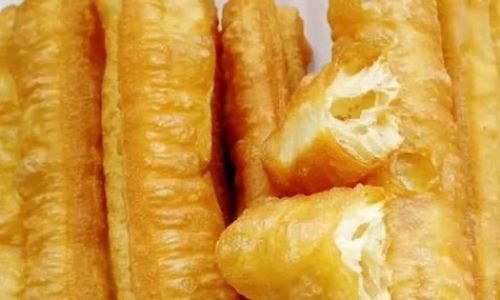
Heat the oil in a deep frying pan or wok over medium-high heat until it reaches about 350°F (175°C). To test if the oil is ready, drop a small piece of dough into it; it should rise to the surface and start bubbling immediately. Carefully place a few dough sticks into the hot oil, ensuring they are not overcrowded. They will sink initially but will quickly rise to the surface as they expand and turn golden brown. Use chopsticks or a slotted spoon to gently turn the Youtiao occasionally, ensuring even frying.
The key to achieving the perfect crispiness is maintaining the correct oil temperature. If the oil is too hot, the outside will burn before the inside is cooked; if it’s too low, the Youtiao will absorb too much oil and become greasy. Fry each batch until they are evenly golden brown and cooked through, which should take about 2-3 minutes per batch. Remove the fried Youtiao with a slotted spoon and drain them on paper towels to remove excess oil.
Serving and Enjoying
Your homemade Youtiao are now ready to be enjoyed! Serve them hot, paired with a warm cup of soy milk or tea, for a traditional Chinese breakfast experience. Youtiao can also be used as a topping for dishes like porridge or congee, or dipped into various sauces and condiments for added flavor.
Tips and Tricks for Perfect Youtiao
- Kneading: Proper kneading is crucial for developing the gluten in the dough, which gives Youtiao its characteristic chewy texture. Don’t rush this step; take your time to achieve a smooth, elastic dough.
- Resting: Allowing the dough to rest helps relax the gluten, making it easier to stretch and shape without breaking.
- Temperature Control: Maintaining the correct oil temperature is vital for achieving the perfect balance of crispiness and softness. Use a thermometer to monitor the oil temperature accurately.
- Frying Technique: Frying in small batches ensures that the oil temperature remains consistent and that each Youtiao is cooked evenly.
- Storage: While best enjoyed immediately, leftover Youtiao can be stored in an airtight container at room temperature for up to a day. Reheat them in a toaster oven or microwave until crispy before serving.
Conclusion
Making Youtiao at home may seem like a daunting task, but with patience, attention to detail, and a bit of practice, you can achieve the perfect golden, crispy sticks that are a delight to both the eyes and the palate. This traditional Chinese snack is not just a food item; it’s a cultural artifact, carrying the flavors and memories of generations. By mastering the art of making Youtiao, you not only indulge in a culinary treat but also honor a rich historical and cultural heritage. So, the next time you crave a taste of China, roll up your sleeves, and give making Youtiao a try—your taste buds will thank you!
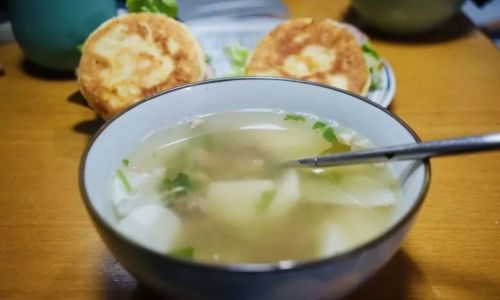
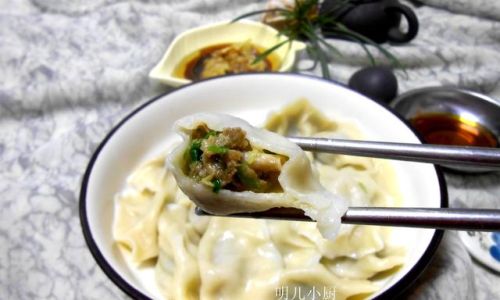
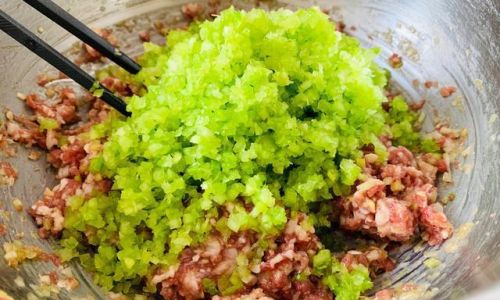
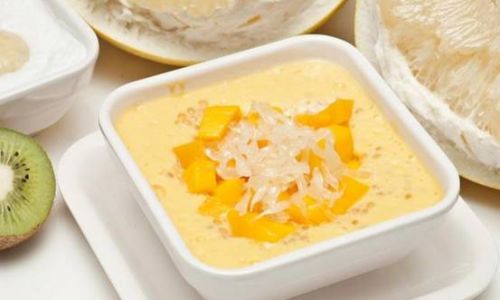
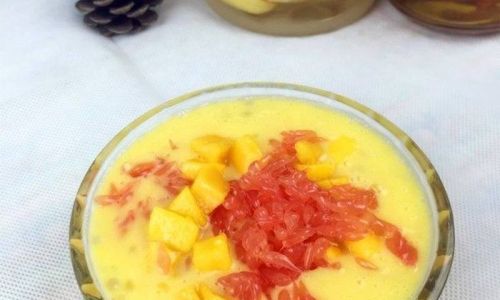

0 comments